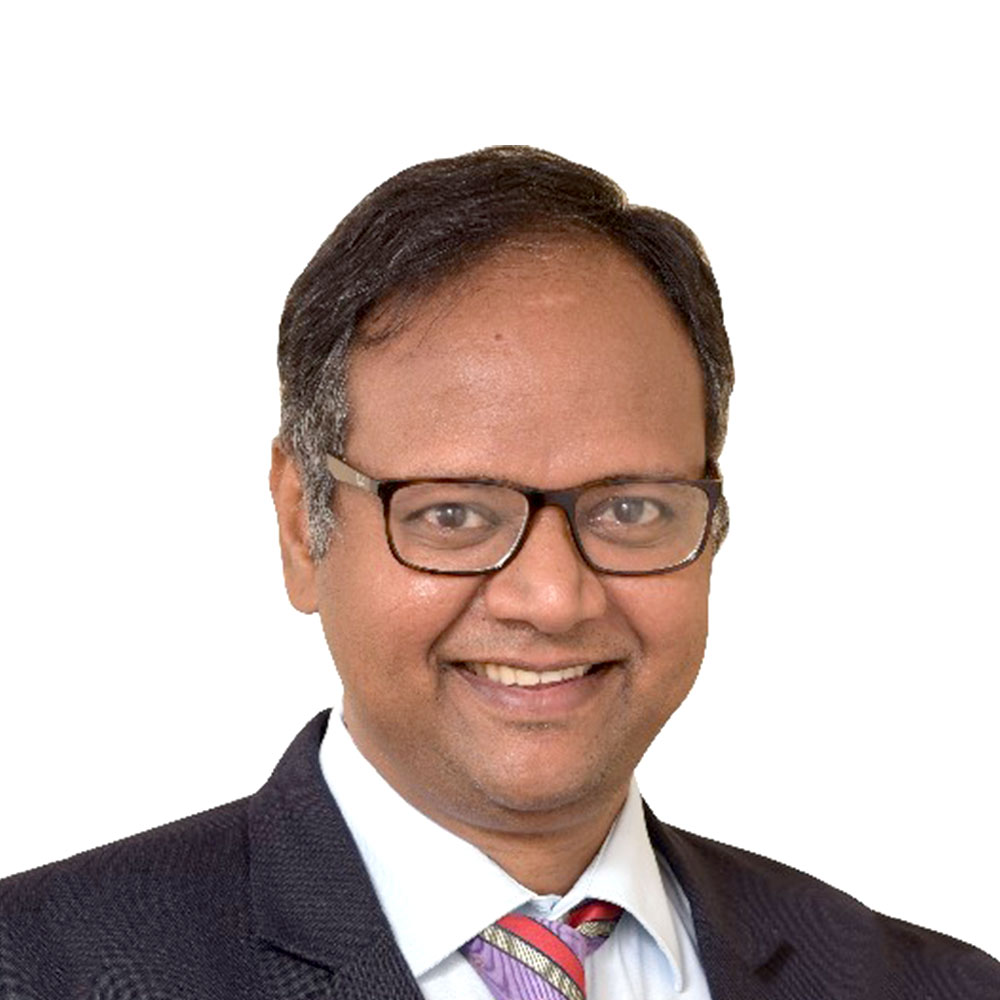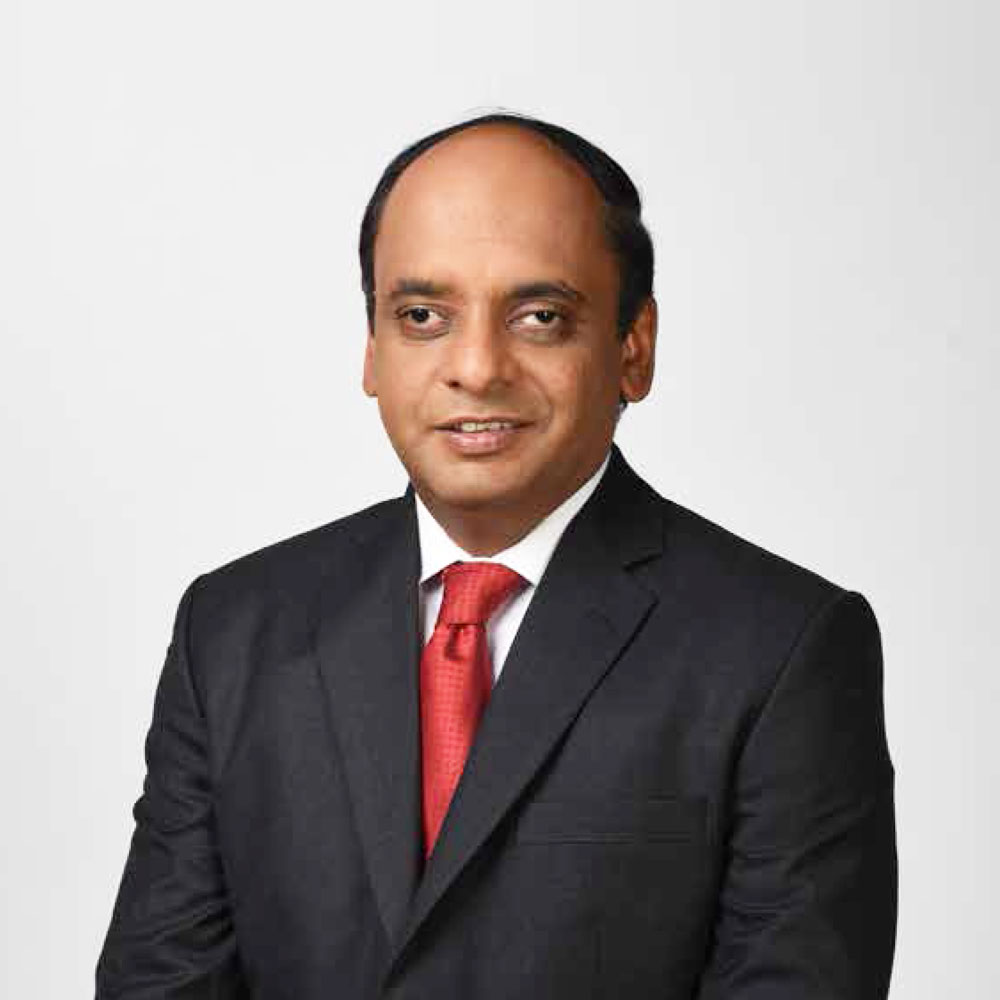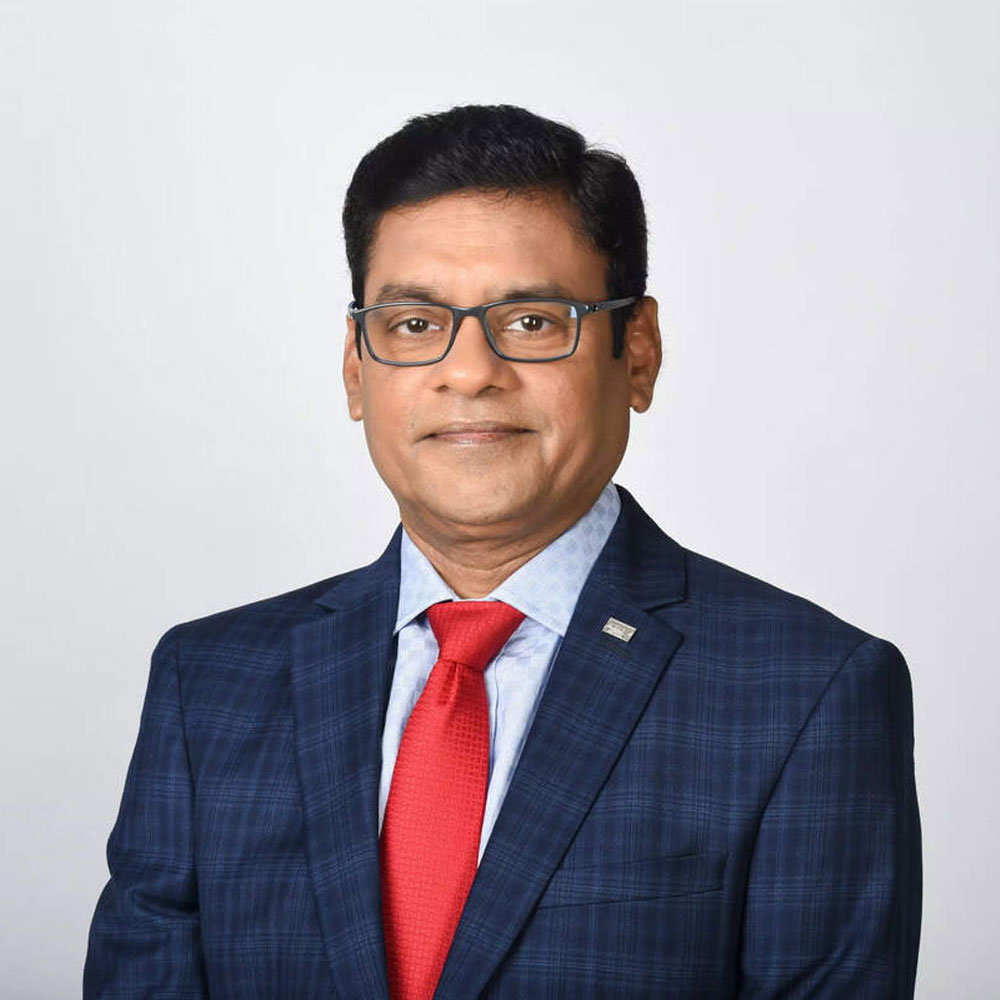Mr. Murthy Nagarajan
Head - Fixed Income, TATA Mutual Fund
Mr. Murthy Nagarajan is the Head of Fixed Income at Tata Asset Management. With an expertise spanning decades in the debt market, Murthy brings in a rich and valuable industry experience of more than 25 years in the financial services space.
Prior to his appointment at Tata Asset Management, Mr. Murthy was working with Quantum AMC. He was also associated with Mirae Asset Global Investment India Ltd in the Investment Department as the Head of Fixed Income for more than two years.
Mr. Murthy holds a Master of Commerce degree and has completed his PGDBA from Somaiya Institute of Management & Research.
Please note we have published the answers as it is received from the Fund Manager of TATA Mutual Fund.
Q1. With the U.S. imposing fresh tariffs and global trade tensions intensifying, how have bond yields responded, and what does this imply for fixed income investors?
Ans: Global risk aversion and heavier sovereign supply have kept U.S. 10 year yields above 4%, even with a September Fed cut likely. In India, auction supply and lighter demand have pushed the 10 year G-sec into the 6.50-6.60% range, with long-end corporates moving in tandem. For investors, the message is clear: focus on carry and quality, ladder across the 3-10 year segment, and use volatility to selectively add duration.
Q2. U.S. bond yields continue to remain elevated. Do you believe we are moving into a "higher-for-longer" interest rate regime, and how should Indian debt investors position themselves accordingly?
Ans: Even with a likely 25 bps rate cut, the Fed's guidance and large fiscal deficits are keeping long term U.S. bond yields relatively high, so rates are unlikely to fall quickly. For Indian investors, we prefer 5-10 year G-secs and SDLs for carry and to manoeuvre global uncertainty, AAA PSU bonds for safer spread pickup, and 3-5 year roll-down strategies to smooth volatility. Duration can be scaled up once U.S. yields gravitate toward the 3-3.5% zone over the medium term.
Q3. Rising developed market yields often impact foreign flows. With India's inclusion in global bond indices, do you see these trends affecting foreign inflows into Indian debt markets?
Ans: India's upcoming entry into J.P. Morgan's GBI-EM index and Bloomberg EM Local index anchors long-term demand for G-secs. While short-term flows could still toggle with global yields, the index-related structural bid is expected to offset volatility and gradually increase foreign participation in Indian debt market.
Q4. In the current scenario, how should investors balance allocations between sovereign bonds, corporate bonds, and newer avenues such as private credit AIFs?
Ans: One may keep the core of portfolios in sovereigns and SDLs (5-10Y) for liquidity and stability, with AAA PSU corporates added for measured spread pickup. Private credit AIFs can serve as a satellite allocation for investors with higher risk appetite and longer horizons, offering illiquidity premia but requiring careful manager selection. Money market and ultra-short duration strategies remain suitable for near-term cash segmentation.
Q5. With GST rationalisation potentially lowering fiscal revenues and pushing up government borrowing needs, do you foresee a crowding-out effect on the bond market?
Ans: Lower GST revenues could modestly raise borrowing needs, but buffers such as the RBI dividend, unused capex headroom, and market based borrowing flexibility could limit crowding out risks. Auctions may clear with higher tails, but not fail. We expect the RBI to step in with Open Market Operations (OMO) purchases and liquidity tools if pressures build. Investors can use such yield spikes to add quality exposure.
Q6. With inflation trending below RBI's midpoint target, do you see scope for a rate cut, or will the central bank prefer to remain cautious given fiscal and external risks?
Ans: With headline inflation easing and core below 4%, the RBI has room to cut rates in October or December, but is likely to remain cautious until tariff risks and external balances stabilse. The Monetary Policy Committee's (MPC) stance is expected to stay data driven. For investors, this favours carry-led strategies today, with the flexibility to extend duration if and when the RBI signals easing.
Note: Views provided above are based on information in the public domain and subject to change. Investors are requested to consult their mutual fund distributor for any investment decisions.
MUTUAL FUND INVESTMENTS ARE SUBJECT TO MARKET RISKS, READ ALL SCHEME RELATED DOCUMENTS CAREFULLY






